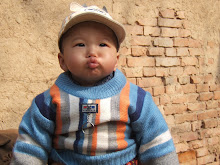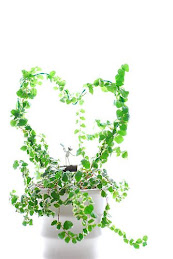
If you have enough time, besides the "Five Places You Must Travel in Beijing", I advise that you should stroll Beijing hutong.Because that the real culture of Beijing is "the culture of hutong" and "the culture of courtyard". How true that is. Often, it is Beijing's winding hutongs that attract tourists from home and abroad rather than the high-rise buildings and large mansions.The word "hutong" is Mongolian in origin, meaning a "water well". In the old time with the digging of new wells, came the new communities. Later it was referred to as narrow streets or lanes formed by quadrangles.
Like streets, hutongs have their names. Some have had only one name since their establishment and others have had a few names throughout their history. Beijing was once a consumer city. A lot of hutong names are linked to the names of food. Some are connected to the names of the places, the temples, daily necessities, trades, light industry, plants, people's names and even government's organs.
Food names, such as Miancha Hutong ( noodle and tea )
Temples, Baoguosi Hutong ( Baoguo Temple )
Daily necessities, Caomao Hutong ( straw hat )
Place names, as Inner Xizhimen Hutong
Plants, such as Liushu Hutong (Liushu means willow)
Light industry, as Damuchang Hutong ( big wood factory )
People's names, as Songguniang Hutong ( Ms Liu )
Government organs, as Jingcha Hutong ( Police Bureau )
Among the numerous hutongs in Beijing, Beixinqiao Hutong has the most turns. There are more than 20 in which you can easily get lost. The narrowest is Qian Shi Hutong (Money Market Hutong), measuring about 30 to 40 meters (32 to 44 yards), located in Zhubao Shi Street outside the Front Gate. The narrowest part is merely 40 centimeters (16 inches) wide, so when two people meet, they must turn sideways to pass each other. The longest one is Dong Jiaomin Hutong, with a total length of 6.5 kilometers (4 miles), lying between Chang'an Avenue and East Street and West Street of the Front Gate. The shortest one is Guantong Hutong measuring about 30 meters (33 yards).
When the new city of Yuan Dynasty was established, it is recorded that there were about 390 roads formed by the rows of quadrangles. Some of were called streets and lanes, and some "hutongs". There wre over 900 hutongs were listed in Qing Dynasty. The records increased to 1,330 by 1949. Now many of the old hutongs have been turned down and replaced by the high buildings and wide roads of today’s Beijing. Many citizens have to leave the narrow lanes where their families have lived there for generations, and residing in apartment buildings with modern facilities. However,some of Beijing’s ancient hutongs still survive, due to the local government's protection policy and people's request. Many have been listed as protected areas. So these ancient neighborhoods today provide a glimpse of the real life in the capital city as it has been for generations. Many hutongs are being restored and renovated.In Beijing, there are mainly two hutong areas well preserved - Shichahai area in Dongcheng District and Qianmen area in Xuanwu District. The hutongs in the area of the Bell Tower and Shichahai Lake are especially well preserved whch attract lots of tourists who travel the hutongs by pedicabs.






